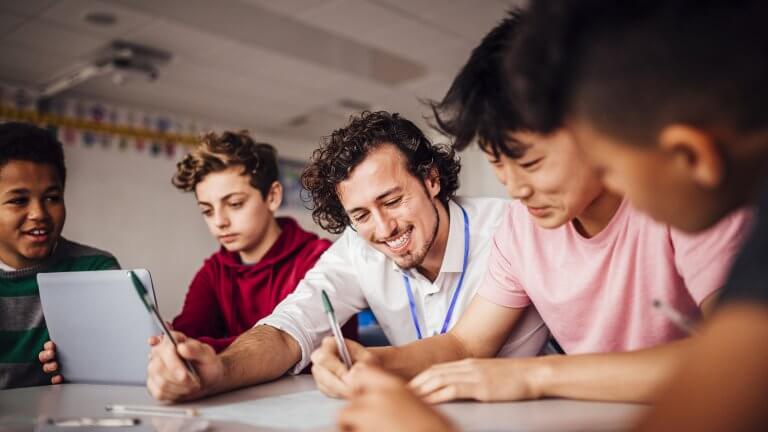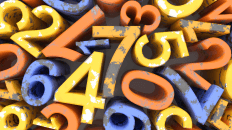A history lab is an inquiry based instructional approach which models the work of historians. During a history lab students do a lot of things. They investigate a compelling focus question with possible multiple answers. Then, they utilize their literacy skills to interpret a variety of sources. Finally, they work together to develop, present, and defend their interpretations with evidence!
Most students and teachers are familiar with the practice of labs in science courses in which students conduct an experiment to test a hypothesis, or project based learning in STEM classrooms. Both of these practices model how scientists research. So how can students model the practices of historians? With a history lab.
When you’re designing your history lab it’s important to ask yourself, “how do historians research?” Historians ask questions that frame a problem for their research. They gather and ask questions of a variety of sources. They also learn how to develop, defend, and revise interpretations based on that evidence. In short, they basically do everything your history lab is set to do.
Where do history labs come from?
History labs are based on the work of Bruce Lesh, author of Why Won’t You Just Tell Us the Answer?: Teaching Historical Thinking in Grades 7-12. In his book, Lesh breaks down how to get our students to truly think about history and its impact on our world. A lot of our students think of history as having one correct answer. In Lesh’s book he expands on that idea, explaining how, in a history class, we have to think about multiple answers and points of view in a critical way.
How are history labs conducted?
The basic structure of a history lab follows this sequence:
- Initiate the investigation.
- Build background knowledge.
- Introduce the central / focus question.
- Conduct the investigation by examining sources.
- Report interpretations to the class.
- Debrief student investigations.
- Assess student comprehension of content and historical thinking.
Although this might seem like a lot of steps, History labs are intended to take one to two class periods to complete.
In our Auxiliary Personnel of the First World War history lab, we challenge students to investigate primary sources that detail the experiences of the auxiliary medical personnel involved in the war.
Students initiate the investigation by starting with a gallery walk of photos to record information on the conditions of the battlefield during WWI, and to record any additional questions the photos arise.
After that they build their background knowledge through some assigned reading. They’ll read about the delivery of medical care on the battlefield and record three things they’ve learned, two things that are interesting, and one thing they have questions on still. Once back in the classroom they’ll work in groups to consolidate those lists, compare, and discuss.
Once those lists have been consolidated students are given a central / focus question. In our example, they’re asked to characterize the contributions of auxiliary personnel.
From there students start their investigation stage by breaking into groups and researching one particular auxiliary personnel member. They’ll work together through the next few steps of the history labs and then report those interpretations back to the class.
Once that group work is done, they’ll debrief as a whole class, and together you’ll assess your student comprehension of the content and their historical thinking.
When students engage in a process that mirrors the work of the adults in a particular craft, it is rigorous. History labs facilitate students conducting such rigorous work and learning content. Additionally, history labs are engaging, and intellectually challenging.
More information about history labs can be found at University of Maryland Baltimore County.





Add comment